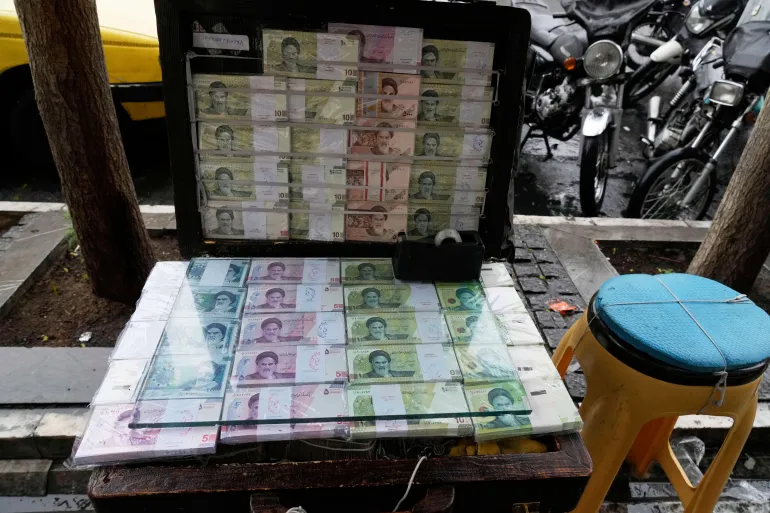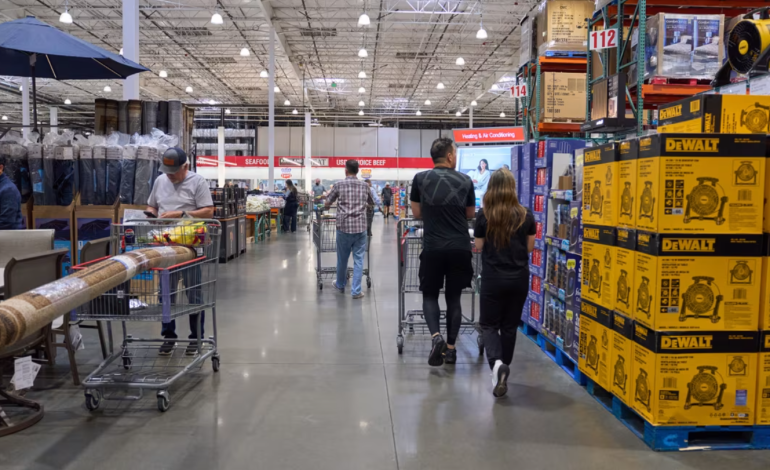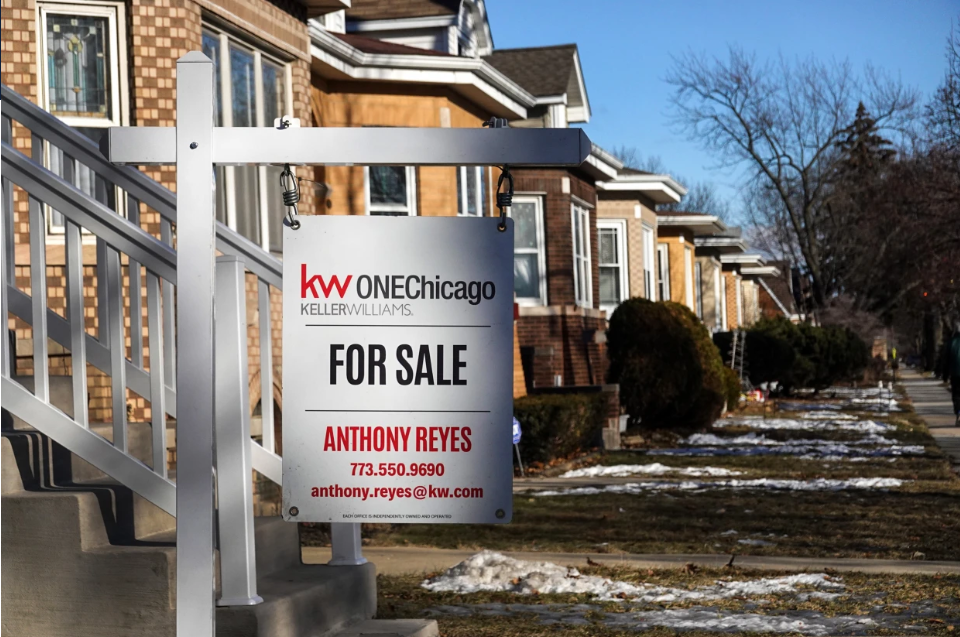A closely watched inflation gauge rose in May, while US consumer spending fell for the first time in several months — signaling a potential cooling in economic momentum amid persistent cost pressures and policy uncertainty.
According to the Commerce Department’s report released Friday, the Personal Consumption Expenditures (PCE) price index — the Federal Reserve’s preferred measure of inflation — increased 2.3% from a year earlier, up slightly from April’s 2.2% rate. On a monthly basis, prices rose a modest 0.1%, consistent with the previous month.
Core PCE, which excludes the volatile food and energy categories and is viewed by the Fed as a more accurate reflection of long-term inflation trends, climbed 2.7% year-over-year, compared to 2.6% in April. On the month, core prices rose 0.2%, a notch higher than April’s 0.1%.
In contrast to rising prices, consumer spending dipped 0.1% in May, marking its first monthly decline since January. After adjusting for inflation, real spending fell 0.3%. Personal income also dropped by 0.4%, largely due to the expiration of a temporary boost in Social Security payments that had lifted incomes earlier in the spring.
Economists noted that spending was pulled down sharply by a nearly 50% decline in motor vehicle purchases, as many consumers made early purchases earlier in the year to get ahead of tariff-related price increases. Spending also slowed in discretionary categories such as restaurants, hotels, and air travel.
President Donald Trump’s broad tariff policies continue to influence both business costs and consumer behavior. While some prices — particularly for goods like appliances and tools — have risen, overall inflation has remained subdued in part because companies front-loaded imports before tariffs took effect and have absorbed costs to avoid passing them onto consumers.
Still, higher prices are beginning to emerge in select categories like home furnishings and toys, and analysts caution that the full impact of tariffs may become clearer as pre-tariff inventories are depleted later in the year.
Companies like Nike and Walmart have already warned of upcoming price hikes. Nike expects to incur $1 billion in added costs due to tariffs and plans “surgical” price increases this fall.
The latest figures come as the Federal Reserve weighs whether to cut interest rates after aggressively raising them in 2022 and 2023 to contain earlier surges in inflation. While inflation is edging closer to the Fed’s 2% target, the central bank remains cautious, with Chair Jerome Powell recently saying officials want to “see more progress” before making a move.
Despite pressure from President Trump, who has repeatedly criticized Powell and urged rate cuts, most Fed policymakers are signaling they will wait for more evidence of sustained economic slowing or labor market weakness.
Some economists are warning of broader economic vulnerability. With real disposable income growth now trending at just 1.7% year-over-year, experts expect consumer spending growth to fall — possibly dipping below 1% in the second half of 2025.
“We’re seeing households pare back on both goods and services,” said Luke Tilley, chief economist at Wilmington Trust. “That’s a reflection of both price fatigue and economic anxiety.”
The personal saving rate fell to 4.5% in May, down from April’s temporary boost, reflecting tightening household budgets.
With input from the Associated Press, Axios, CNN, and CNBC.










The latest news in your social feeds
Subscribe to our social media platforms to stay tuned